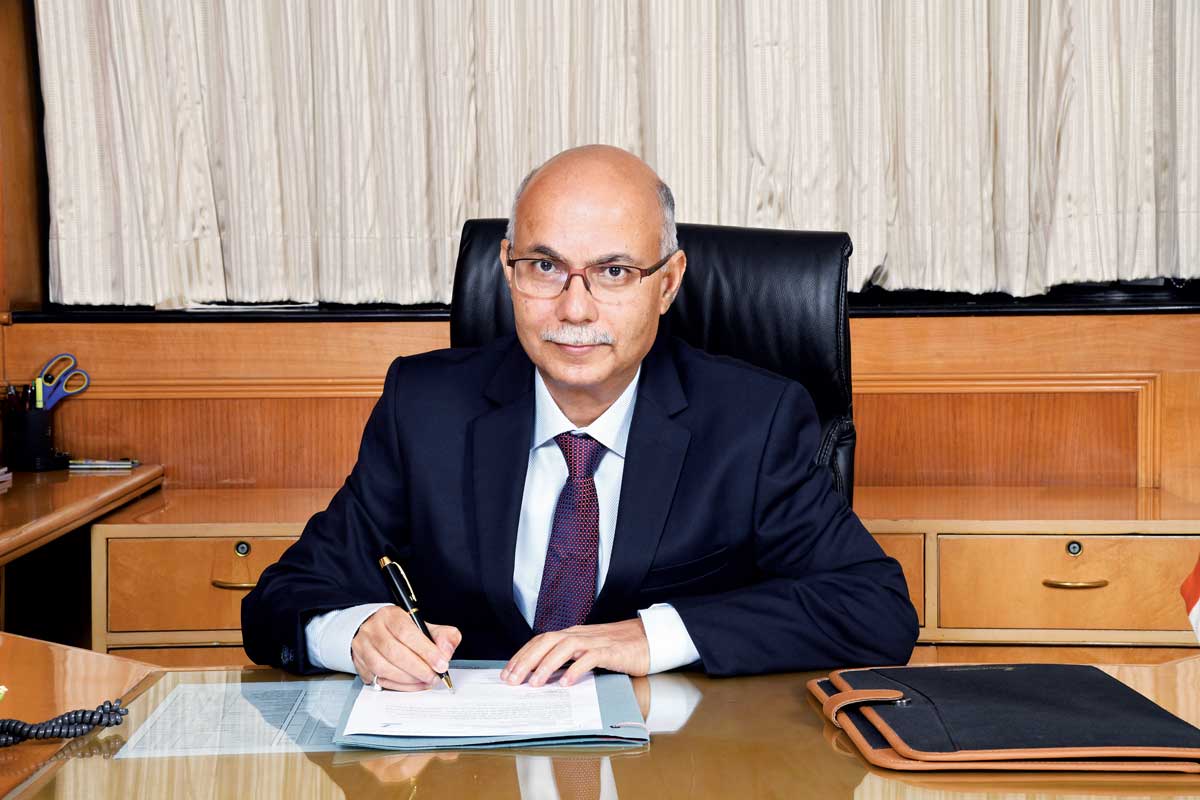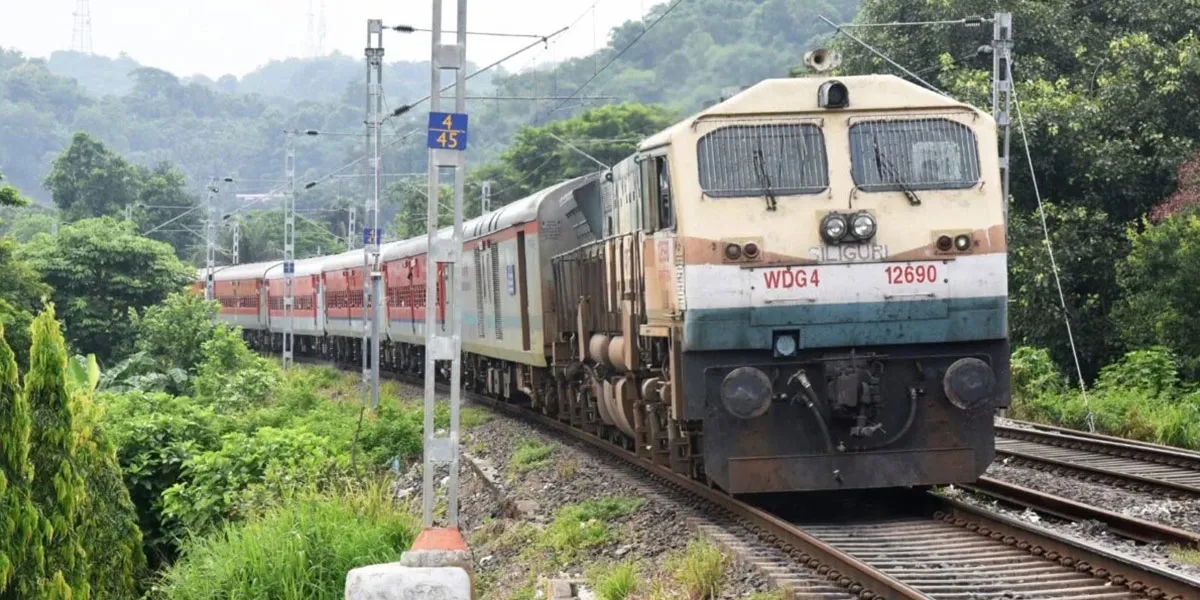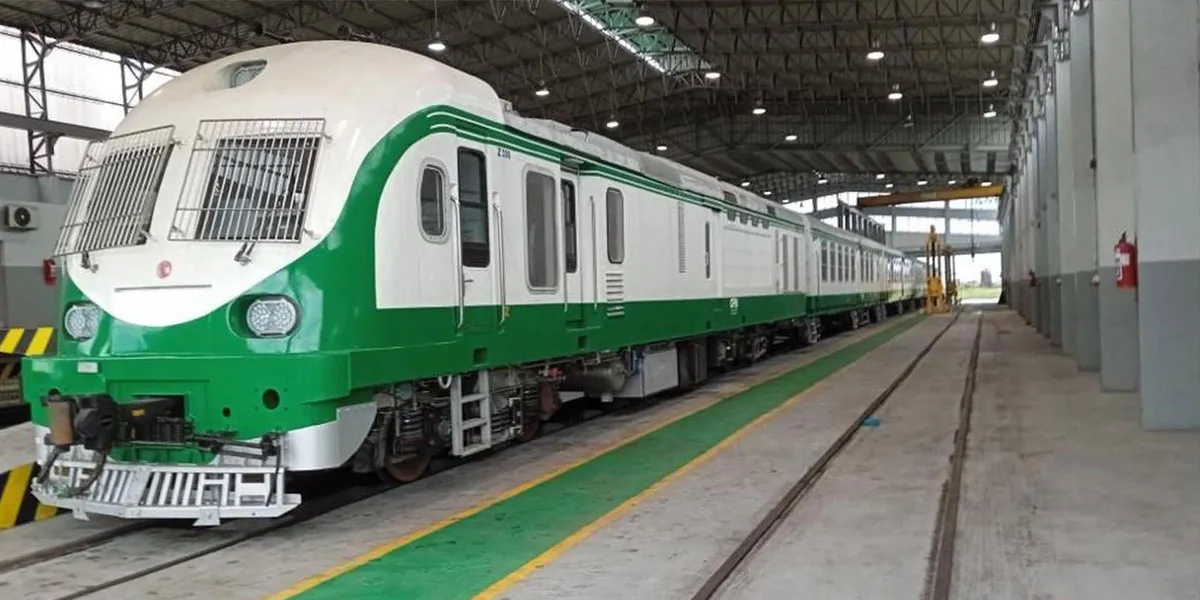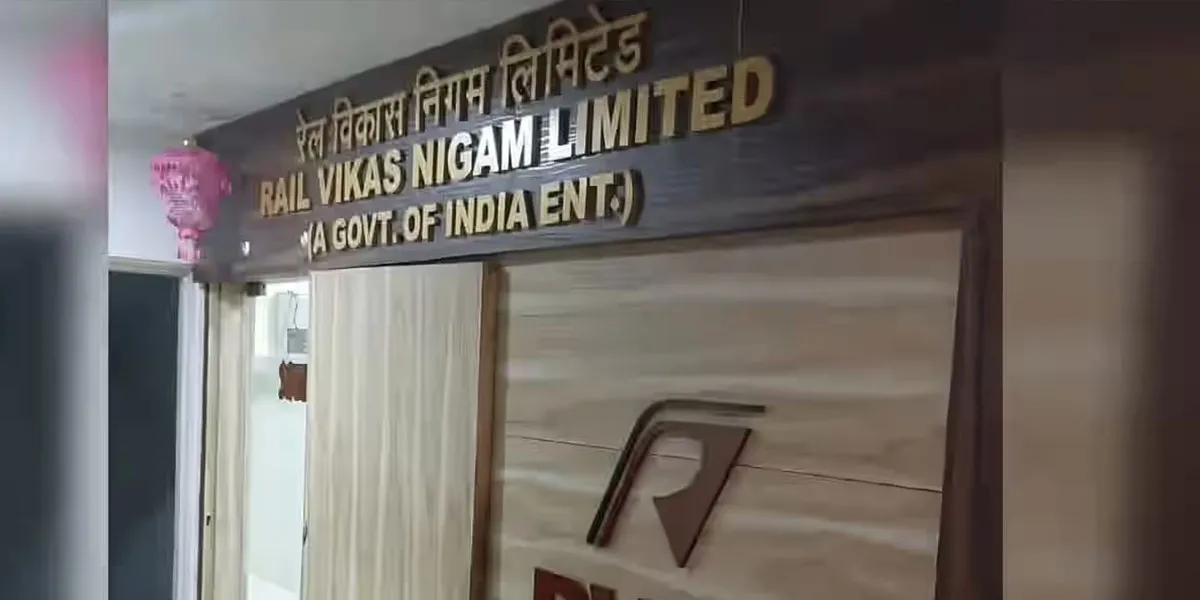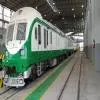The dynamic Bhanu Prakash Srivastava, CMD, Bharat Electronics Limited (BEL) at the helm of various verticals carried out by BEL, speaks with E Jayashree Kurup in details about their role in smart cities, various R&D initiatives taken up in missile systems, its huge contribution towards achieving the Atmanirbhar Bharat goal, and much more.
Excerpts of the interview...
Can you describe BEL’s work with Chandigarh and the North Eastern states to develop Smart Cities?
The Integrated Command & Control Centre (ICCC) has been implemented in Chandigarh by BEL under the Smart City mission of the Government of India to provide safety and security to citizens, efficient service deliveries and sustainable growth. The project involves civil construction of the Integrated Command and Control Centre complex, including buildings for the ICCC, Supervisory Control and Data Acquisition System (SACADA) and Police Command Centre, laying of dedicated optical fiber network of more than 250 km, installation of more than 2,000 cameras at 285 locations for real-time surveillance of traffic junctions and other important areas of Chandigarh like water works, parks, government hospitals, community centres, parking locations, schools, etc.
The Intelligent Traffic Management System (ITMS) catering to red light violation detection, over speed violation and automatic number plate recognition is operational and assisting in traffic enforcement. In addition, a public addressing system and variable message signs have also been installed at junctions to disseminate information like traffic alerts, meteorological information, etc. to citizens real-time. Artificial Intelligence (AI) and Machine Learning (ML) have been used in implementing the Adaptive Traffic Control System (ATCS) to improve signal timings, easing traffic and ensuring a greener environment in the city.
BEL has also implemented Smart Cities, under the Government’s Smart City Mission, at seven cities of the North Eastern States. The seven cities are Imphal in Manipur, Itanagar and Pasighat in Arunachal Pradesh, Kohima in Nagaland, Namchi and Gangtok in Sikkim and Aizwal in Mizoram. The project scope includes supply, installation, testing and commissioning of field elements like CCTV surveillance, variable message displays, emergency call box, public address system, environmental sensor, smart street lighting, smart poles, Wi-Fi, parking sensors, GIS maps, solid waste management, adaptive traffic signals, red light violation detection system, data center and disaster recovery.
The command centre implemented by BEL will act as the brain of the city integrated with all relevant solutions for field systems and data analytics tools for informative decision-making, better disaster management and smarter governance. This state-of-the-art command centre is integrated with major citizen services including water, electricity, sewage, solid waste management, transport, e-governance, public bike sharing, etc, depending upon each city’s requirements.
How significant will that be as a line of business for BEL?
At present, BEL has its footprints in 18 smart cities. All these projects are to be contractually maintained for a period of five years. BEL has accrued approximately Rs 18 billion in a span of four to five years under the smart city business segment. In India, the rise of smart cities has offered greater flexibility and resilience in responding to crises. ICCC, created mainly for surveillance and monitoring of city-wide operations, has became the nerve centre for COVID-19 monitoring and control operations as well. The Smart City governing agency, Ministry of Housing and Urban Affairs (MoHUA), believes that there is a need for expansion of best practices of the Smart City Mission in Tier-2 and Tier-3 cities, which are not covered under the present mission.
Tier-2 and tier-3 cities are likely to focus on enhancing the role of ICCCs for better analysis and greater data sharing in the event of similar outbreaks in the future. ICCCs hone the capabilities of the Government to provide a centralised and informed response to adverse activity in city environments. The tier-2 and tier-3 cities will pave way for huge business potential in near future. BEL is pursuing opportunities in this line of business with MoHUA and few state governments including Uttar Pradesh for introducing the cloud-based ICCC-as-a-Service.
BEL has perfected the production of missile systems in the Bangalore facility. Give details about the capability and what has gone into gaining this level of confidence for indigenous production?
BEL has successfully partnered with DRDO and supported the development/induction of various indigenous missiles systems for the requirements of the tri-services. Missiles systems are complex, multi-technology, system of systems equipment consisting of surveillance/tracking radar, fire control systems, data links, electro-mechanical systems, launchers and missiles.
BEL has developed necessary competencies for system integration, validation, field deployment of overall missile systems, development and manufacturing of critical sensors (surveillance/track radars), command & control centres, and various ground support equipment, integration of missile systems with C4I networks of the tri-services, provisioning of Satcom interfaces and various secure radio links.
BEL has built a strong software group (accredited with CMMI level-5) with necessary competencies to support DRDO in system software development, validation and software integration with third party equipment/system onboard naval platforms. BEL, through its missile programmes, has established a strong public-private partnership with leading private industries and established a MSME vendor base for this strategic segment. The company has established regional product support centers pan India and water front facilities at naval bases for providing long-term product support for these complex missile systems.
How is BEL contributing to the Government of India’s Atmanirbhar Bharat drive in defence and non-defence sectors? Do you partner with the private sector as well to create a robust vendor base?
The defence business has undergone a sea change in the recent past and keeping pace with the trend, the business model of BEL has also undergone many changes. BEL has evolved from a supplier of components/standalone products to a supplier of larger systems and System of Systems. We have always given the much-needed thrust to indigenous manufacturing in a bid to achieve the cherished goal of self-reliance and to support the Government’s ‘Make in India’ initiative.
As it moves up the value chain, BEL has been taking several initiatives to achieve cost benefits even while complementing the strengths of the private sector to build a strong industrial eco system in India. BEL has taken up many initiatives in this direction, including focus on in-house R&D and indigenisation, increased collaboration with Indian private industries, public private partnerships, joint ventures, capacity expansion and modernisation.
BEL is taking many steps to increase the level of indigenisation. These include strengthening the technology development process through short, medium and long-term technology roadmaps, increased investments in R&D and setting up of a company-wide knowledge management system. BEL is enhancing efforts for in-house developments and also strengthening its tie-ups with DRDO labs, other national research laboratories and R&D organisations, including academia and start-ups for indigenous development. BEL has empanelled niche Indian technology companies, academic institutions and consultants for the joint development of subsystems/products through collaborative R&D route. Such local developments would ensure higher levels of indigenisation in all products.
BEL is also taking initiatives for joint development with reputed foreign companies to quickly harness specialised technologies into new products. The company has been participating in many Make-II programmes under DAP 2020 and submitted suo motto proposals to the defence forces in line with its business. We are also working on indigenous development of sub-systems, systems and services for which capabilities and competencies are being built.
What various initiatives are taken by BEL on the technological front?
We have created a ‘Make in India Cell’ to implement our outsourcing policy. Nodal officers have been nominated for outsourcing and vendor development in each of our nine manufacturing units. BEL has established a collaborative R&D approach to partner with niche technology companies including MSMEs for development of niche technologies. It has been playing an active role in executing successfully public-private-partnerships for large defence programmes like Akash Air Defence System. BEL has also opened up its state-of-the-art testing and infrastructure facilities for use by private industries.
Startup India is a flagship initiative of the Government of India, intended to build a strong ecosystem that is conducive for the growth of startup businesses, to drive sustainable economic growth and generate large scale employment opportunities. BEL has identified several areas for partnership with start-ups in new emerging areas including machine learning, cyber security, artificial intelligence, embedded computing and other latest technologies which can be used for defence electronics applications.
BEL has also created the defence innovation organisation with HAL to create an ecosystem to foster innovation and technology development in defence, by encouraging start-ups. In the realm of non-defence, during pandemic days, when the country wanted its service most, BEL successfully manufactured 30,000 ventilators within a record time of four months, thus, making India self-reliant in high-end medical equipment.
Please give details of the Rs 31 billion defence contracts with BEL Bangalore and Hyderabad? How will this enhance IAF’s capability?
The Ministry of Defence, Government of India, and BEL-Bengaluru have signed a contract for supply of advanced Electronic Warfare (EW) suite for fighter aircraft of the Indian Air Force. The overall cost of the contract is estimated to be Rs. 19.93 billion. The supply of advanced EW systems will significantly enhance the battle-survivability of IAF fighter aircraft while undertaking operational missions against adversaries' ground-based as well as airborne fire control and surveillance radars. The EW suite has been indigenously designed and developed by DRDO.
The MoD has also signed a contract with BEL-Hyderabad for Instrumented Electronic Warfare Range (IEWR) for the Indian Air Force. The contract is a significant step towards enhancing the capabilities of IAF to prepare for future warfare. The overall cost of the contract is estimated to be Rs. 11.09 billion. The IEWR will be used to test and evaluate airborne Electronic Warfare (EW) equipment and validate their deployment in an operational scenario.
The two projects essentially embody the spirit of Atmanirbhar Bharat and Make in India and will help facilitate realising the journey towards self-reliance.
The anti-submarine warfare systems for the Indian Navy are using indigenous technologies developed along with DRDO. Can you give details of this project?
BEL has last year signed a contract with the Ministry of Defence, Government of India, worth around Rs. 2.5 billion, towards supply of nine Integrated ASW Complex (IAC) MOD ‘C’ Systems. IAC MOD 'C' is an Integrated Anti-Submarine Warfare (ASW) system for all surface ships of the Indian Navy. IAC MOD ‘C’ computes Fire Control Solutions and facilitates firing of ASW weapons such as torpedoes and rockets.
The fire control system can be customised to meet the requirements of any platform of interest from small ships to large ships configuration. In addition, the system facilitates counter measure capability for incoming torpedoes through decoy launching system. IAC MOD C has been indigenously developed by BEL in association with DRDO, in accordance with the Prime Minister Narendra Modi’s vision of an ‘Atmanirbhar Bharat’, a self- reliant nation.
Please tell us about BEL's exports. What are the major products and who are the customers?
BEL achieved recorded an export turnover of 33.30 million USD during FY 2021-22. Major products exported included coastal surveillance system, trans-receive (TR) modules, EO-IR payload system, Compact Multi-Purpose Advanced Stabilization System (EOS CoMPASS), solar hybrid power plant, data link, electro-mechanical parts, low band receivers (LBREC), medical electronics, spares for radars, etc. BEL is fast expanding its global presence, putting its best foot forward to give a thrust to exports worldwide. All-out efforts are being made to tap new markets across the globe, including the Indian Ocean Region (IOR) and friendly foreign countries (FFCs).
The Government is encouraging defence exports through many policy initiatives and has set a target of Rs 350 billion by 2025. BEL has identified exports & offsets as one of its thrust areas and has drawn up plans to offer its select products and systems to various export markets.
Some of the other products and systems which are being promoted for exports include homeland security solutions, smart city solutions, border protection systems and coastal surveillance system. Having established a coastal surveillance system (CSS) for a few neighbouring countries, BEL is interacting with the Ministry of External Affairs for supply of CSS to other friendly countries.
Could you tell us about the initiatives taken to diversify into the civilian business?
Defence, being the mainstay of BEL, has traditionally been contributing to around 80 per cent of the company’s annual sales revenue. BEL, however, has been continuously exploring opportunities in allied non-defence areas. The company aims to increase its non-defence share in the overall business in the coming years. Some of the areas BEL is focussing on in non-defence include solutions for civil aviation sector including air traffic controller radars, anti drone systems, space/satellite electronics, satellite assembly & integration, unmanned systems, solar business, railway and metro solutions, software as a service, network & cyber security, energy storage products for electric vehicles (Li-ion & fuel cells, charging stations, etc), homeland security & smart city businesses, smart meters, a range of medical electronic and health care solutions, artificial intelligence, communication radios & networks, composite shelters & masts, etc. This wide bouquet of businesses in non-defence would play a key role in driving BEL’s growth in the coming years.
Can you brief us about BEL’s financial performance? What has been the impact of the pandemic on your growth?
BEL continues to be a profit-making PSU, despite challenges posed by the pandemic, global chip shortage and stiff competition. FY 2021-22 saw the company registering a record turnover of Rs 150.44 billion, a growth of 9 per cent over the previous year. BEL became the first defence PSU to cross the landmark market capitalisation figure of Rs 800 billion, and declare the highest ever dividend of 450 per cent. The company has increased its authorised capital three-fold to Rs 7.5 billion and issued bonus shares in the ratio 2:1. This year, we are confident of continuing the good show and achieve a revenue growth of 15 per cent and EBIDTA margin of 21-23 per cent.
